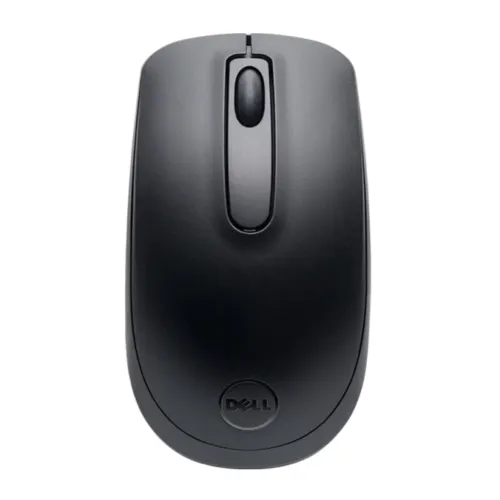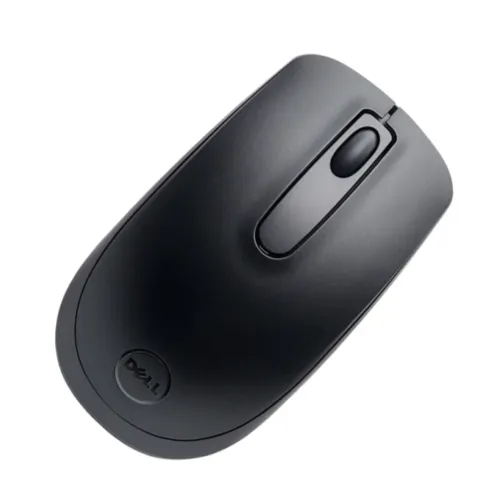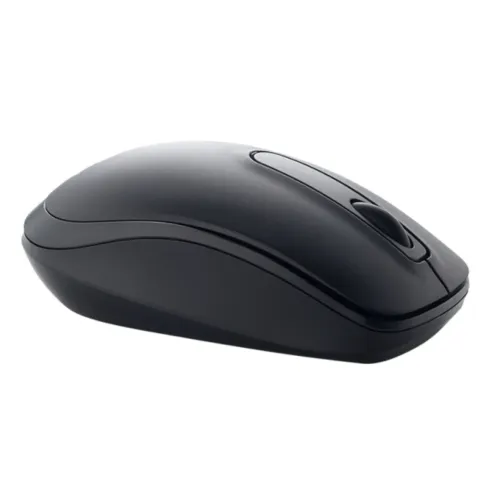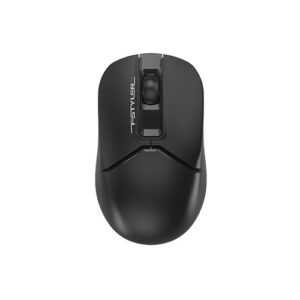Understanding the Specifications of a Wireless Mouse
A wireless mouse serves as a crucial input device for computers, utilizing various specifications that can significantly influence its performance and user experience. When selecting a wireless mouse, it is essential to consider its device type and functionality. Wireless mice typically operate using either infrared or 2.4GHz frequency technology. The latter is the more common and reliable option, which relies on a USB dongle connected to the computer. This connection allows for an uninterrupted signal between the mouse and the device, enabling quick and accurate movements.
Another critical specification is the button configuration. Most wireless mice feature multiple buttons that may include standard left and right clicks, a scroll wheel, and additional programmable buttons. This configuration enhances user interaction and can be adjusted based on individual preferences, particularly in gaming or professional settings where quick access to functions is beneficial. The color of the wireless mouse, while primarily aesthetic, can also impact visibility and compatibility with various setups, making it an aspect worth considering depending on personal taste and workspace design.
Weight is an additional factor that affects usability; a lighter mouse often allows for effortless handling and prolonged use, while a heavier model may offer stability for precise movements. An important specification to assess is the movement resolution, measured in DPI (dots per inch). A wireless mouse with a DPI of 1000 is generally considered adequate for most users, striking a balance between speed and accuracy. Higher DPI settings can greatly enhance precision and responsiveness in applications ranging from graphic design to gaming. Understanding these specifications will empower users to choose a wireless mouse that aligns with their specific needs and preferences.
Warranty and Durability Considerations for Wireless Mice
When investing in a wireless mouse, understanding warranty and durability considerations holds significant importance. Most manufacturers provide a standard 1-year warranty, which covers defects in materials and workmanship. This warranty is essential as it offers users peace of mind, allowing them to seek repairs or replacements if the device fails under normal use conditions. However, it is crucial to read the fine print, as warranties may vary in terms of exclusions and specific conditions under which a claim can be made.
Durability in a wireless mouse is a vital factor that influences its longevity. High-quality materials and robust design features play key roles in determining how well a mouse withstands the rigors of daily use. For instance, models constructed from sturdy plastics or with reinforced hinges tend to show better performance over time. Additionally, the mouse’s button mechanism and scroll wheel can indicate durability; opt for ones that are rated for millions of clicks, ensuring they will remain functional longer without substantial wear.
To maximize the lifespan of a wireless mouse, users can adopt several maintenance practices. Regularly cleaning the device, particularly around buttons and the sensor, can prevent performance issues caused by dust and debris buildup. Furthermore, proper storage and handling can protect the mouse from drops or impacts that could compromise its internal components. Replacing batteries as needed and ensuring compatibility with the device will also help maintain optimal functionality. By prioritizing these warranty and durability considerations, users enhance their overall experience and ensure the reliability of their wireless mouse for years to come.







